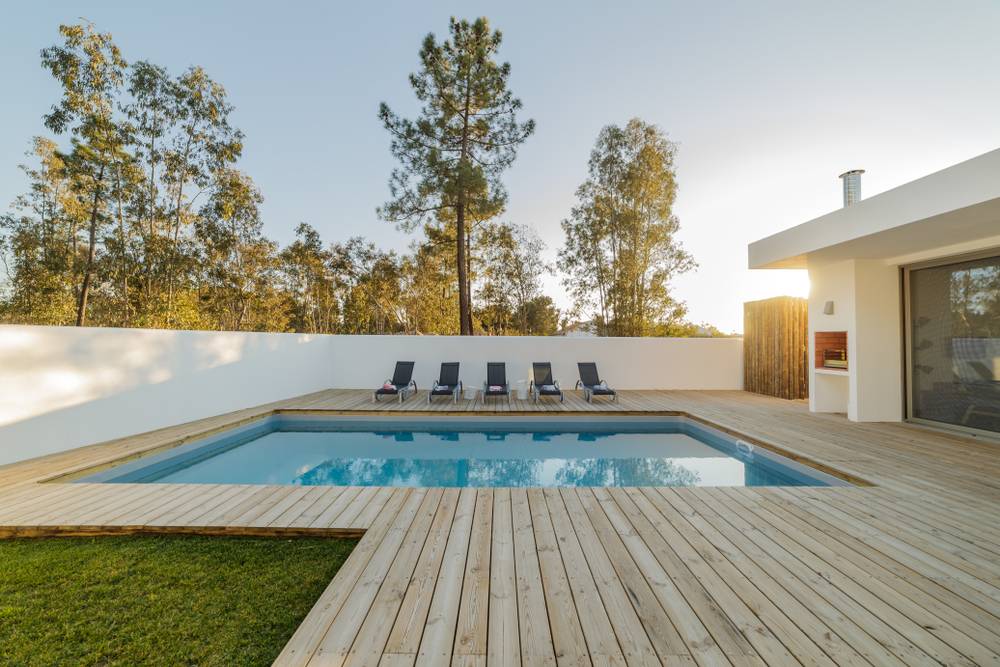- Jan 22, 2022
- 213
- Pool Size
- 10000
- Surface
- Plaster
- Chlorine
- Salt Water Generator
- SWG Type
- Pentair Intellichlor IC-40
New (and first) pool owner here. We just got finished on a new build and finished about 3 weeks ago. Our PB has us set up with a cartridge filter, VS Pump, a UV Filter and then an In-line Chlorinator using pucks. They came out and did a startup for us and added a stack of pucks to the Chlorinator and some CYA to the pool. Instructions were to test the water and bring it to a pool store for a few weeks and take their recommendations until we get in a groove. I posted the results below of our first water test. Since then I’ve got the chlorine levels under control but worry for the future. On the chlorine of things We were told to basically just use the valve on the Chlorinator to raise and lower the amount of water flowing and this raise or lower the chlorine levels (no mention of CYA) and just add pucks to the Chlorinator as needed. Our PB was a super nice guy and very knowledgeable so I trust he knows what he’s doing but after reading so much here, I’m not so sure.
I’ve been living on this site trying to learn as much as I can about maintenance and it seems like Chlorinator and pucks are a one way ticket to overstable pools and algae.
Is there a way to use the Chlorinator properly and not end up with high CYA or is it not even worth using it at this point and just doing liquid as needed?
Thanks!
I’ve been living on this site trying to learn as much as I can about maintenance and it seems like Chlorinator and pucks are a one way ticket to overstable pools and algae.
Is there a way to use the Chlorinator properly and not end up with high CYA or is it not even worth using it at this point and just doing liquid as needed?
Thanks!




